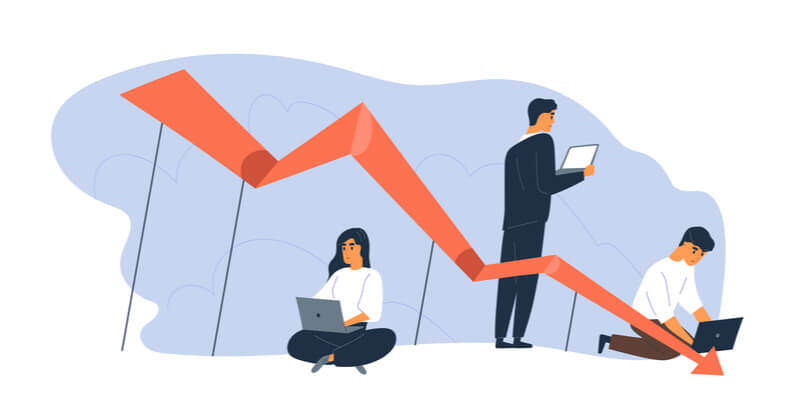COVID-19 has created unprecedented challenges for Australians. For many, their business’ have been barely able to survive, others have lost employment entirely. As a result, the Australian government instituted specialized support payments – Jobseeker and Jobkeeper. In effect since late March, these support payments will now begin to taper off. With a plan to cease them entirely after Christmas. From 25 September, the criteria for these payments have been tightened and amounts reduced. Phasing out of the Jobkeeper and Jobseeker changes signal a potential economic collapse. In addition, significant financial distress for millions of Australians already struggling.
JobKeeper and Jobseeker Changes
Beginning September 25, the JobSeeker maximum fortnightly rate for a single household will drop from $1110 to $810, while JobKeeper is set to be reduced to a maximum of $600 a week from September 28.
What Are The New Conditions?
To continue to receive support, you must ensure you meet the updated criteria and submit all required information in the period requested.

JobKeeper Changes
- Show that your actual GST turnover has declined in the September 2020 quarter relative to a comparable period.
- Have satisfied the original decline in turnover test
- Pay your eligible employees at least the JobKeeper amount that applies to them each JobKeeper fortnight.
- Keep up to date with reporting employee numbers and who is receiving what payments based on the tiered payment system.
The Australian Treasury offers key updates and requirement details for Jobkeeper payments.
JobSeeker Changes
- Taper rates shifted, from September 25th an updated income test will apply. Stipulating a loss of 60 cents for every dollar of income earned above $300 per fortnight. This will apply for recipients of both JobSeeker and Youth Allowance.
- A minimum of 8 jobs per fortnight will need to be applied for, compared with the previous 4 per fortnight.
- Assets tests for JobSeeker will be reintroduced and will apply to new and current recipients of the payment. These had been paused.
- Your partner’s income will be taken into account. You will lose 27 cents for every dollar they earn above $1165 per fortnight.

Short Term Solution
Australia’s unemployment at its highest rate this century. Asia-Pacific economist Callam Pickering noted that the official unemployment rate is 9.1 percent, having improved considerably from 11.6 percent in May. However as Ernst & Youngs’ chief economist, Jo Masters has pointed out, that number would be higher still if not for JobKeeper. As within these statistics, there were still 165,000 people counted as employed but working zero hours. In fact, the incentive to work was reduced significantly with the doubling of the jobseeker payment. Some employers reporting challenges in sourcing workers.
With over 70 billion already meted out in support payments in the past six months, its a model that cannot be sustained longer term. Meaning our unemployment levels are set to rise, high level unemployment goes hand in hand with economic collapse.
The second phase of subsidy payments will continue until December 2020, at which time more reductions are anticipated.
What This Means For Australia’s Economy
For the past six months, Australian businesses and individuals have been receiving support payments. Keeping them either employed in businesses that would have otherwise already folded, or paying living expenses while they searched for work.
The expectation is now that a significant number of businesses will now inevitably close, pushing unemployment even higher. This also places millions of Australians in financial difficulty. Pair this with the end of ‘mortgage’ holidays and moratoriums on repayments of loans and credit cards and it signals disaster.
While a cut in government spending seems like a smart decision in the long-term, it is estimated it will cost our economy close to 31 billion. Cutting the Jobseeker and Jobkeeper will further reduce our GDP and employment.
With less household spending possible, consumption of goods decreases, further impacting our economic recovery. Analysis by Deloitte Access Economics has determined this reduction in spending will lead to the loss of a further 145,000 full-time jobs over the next two years.

Found Yourself In Financial Difficulty?
Are the jobseeker changes or shifts in jobkeeper eligibility going to cause you financial hardship? You should speak to the experts at The Australian Lending Centre. We can support you to refinance, take out short term loans, enter debt management agreements, and more.
Don’t lose sleep wondering about the next steps and fearing your finances. Our expert staff can help you assess your situation and come up with solutions. Our goal is to help you manage this challenging period and find a path forward. Managing your debts may be the key to surviving the extended challenges we face economically due to COVID-19.






